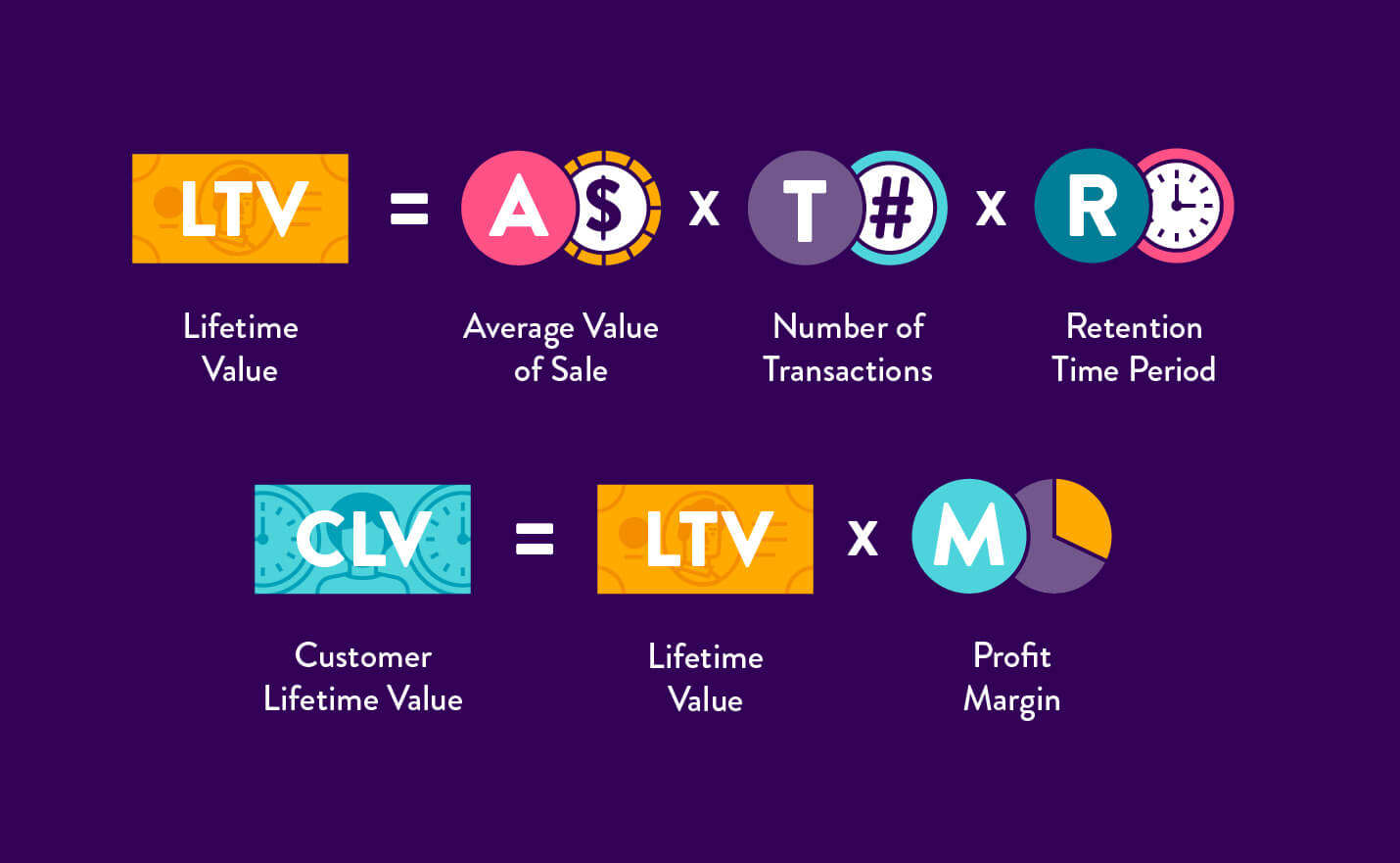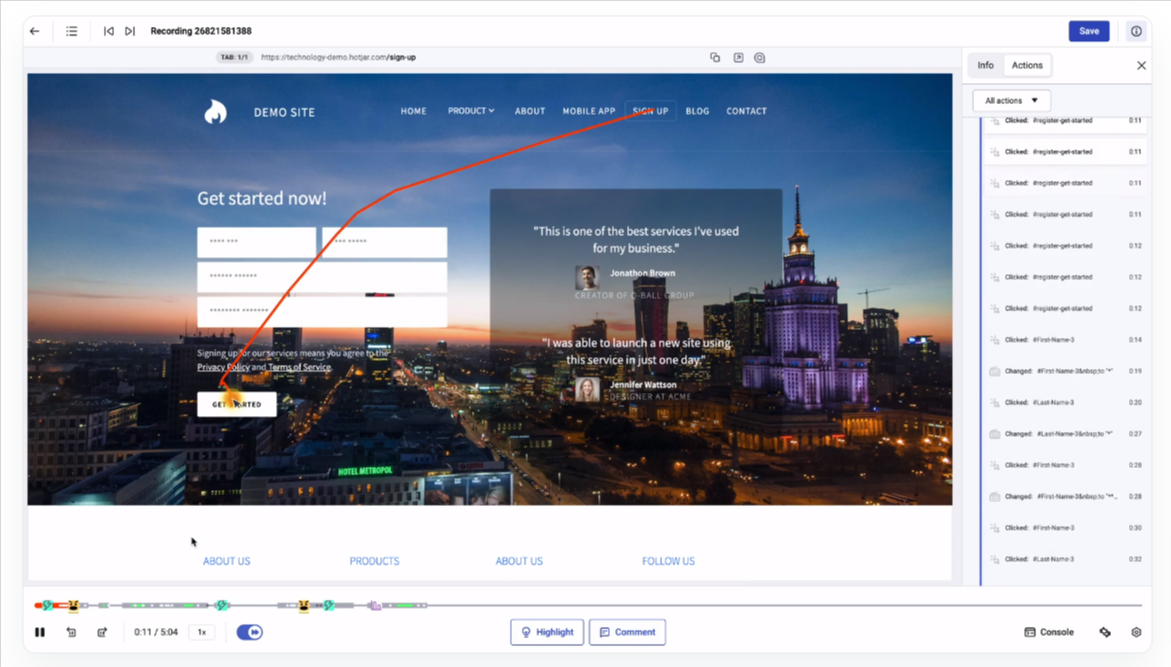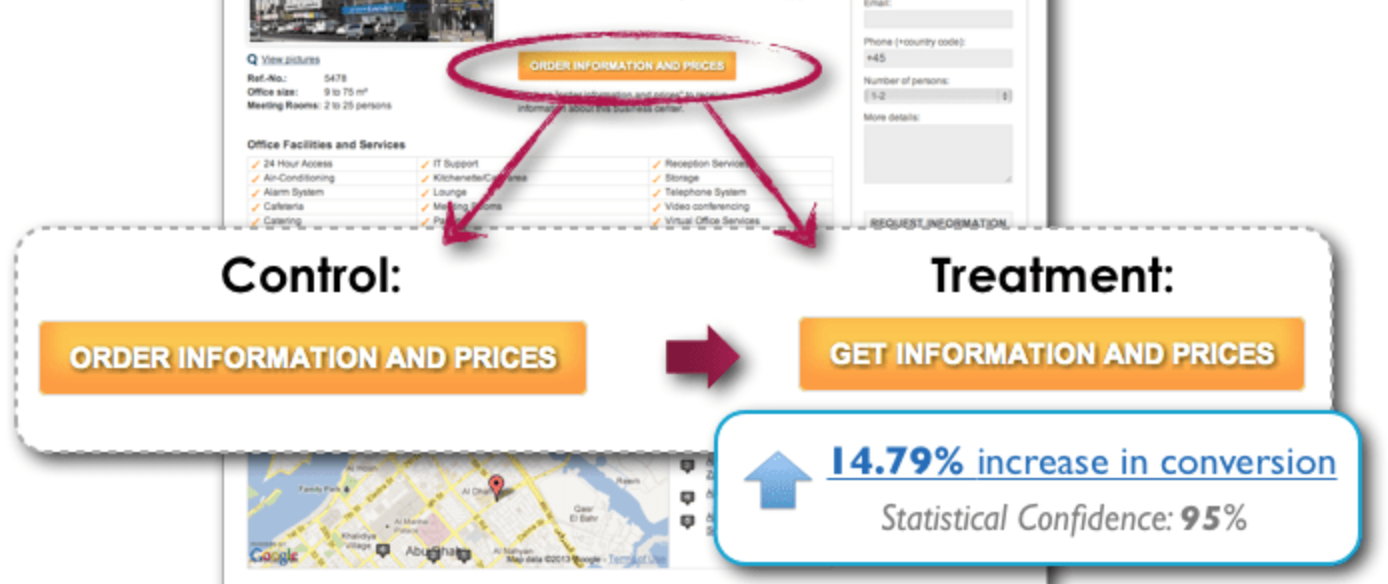How to Measure Your Content Marketing ROI
Description
In today’s rapidly evolving digital landscape, the question on every marketer’s mind is: “How do I measure my content marketing ROI?”
Changes in tools like Google Analytics 4 and the influx of AI technologies are redefining the ways we gauge success.
If you’ve been scratching your head about this, don’t worry. We’re going to walk you through some of the simplest and most effective techniques for measuring — and improving! — your content marketing ROI.
Why We’ll all Be Using Google Analytics 4
One of the key tools aiding marketers in the pursuit of content marketing ROI is Google Analytics 4 (GA4). Although transitioning to this platform is no longer optional, it brings its own set of challenges — especially when it comes to comprehensively tracking the performance of your content.
For those who’ve grown accustomed to the straightforward metrics offered by its predecessor, GA4’s changes may initially seem like a step back. The interface and reporting features are markedly different, often requiring a steep learning curve.
Nonetheless, embracing GA4 is essential not only because Google is phasing out older versions, but also because it offers more nuanced differences and insights into user behavior.
Here’s a quick list of why we’ll all be using this updated platform:
- Future-Proofing: Google has made it clear that GA4 is the future of its analytics platform. As the older versions are phased out, those not migrating will find their tools becoming obsolete and unsupported.
- Data Collection and Event-Based Tracking: Unlike its predecessor, GA4 focuses on event-based tracking, which provides a more granular view of user actions on a website. This approach aids in tracking conversions and understanding the touch points that matter most to your audience.
- Enhanced Reporting Features: GA4 introduces a more user-centric model which offers a comprehensive view of how users interact with a website across multiple devices and sessions. This holistic understanding can inform strategies and campaigns more effectively.
- Better Integration with Google Ads: GA4 provides tighter integration with Google Ads, allowing marketers to build audiences and hone their advertising strategy based on richer data sets.
- Improved Predictive Metrics: GA4 harnesses machine learning to offer predictive metrics. This helps in identifying potential high-value customers and understanding the likelihood of certain user actions.
- Flexibility and Customization: With GA4, you have the ability to customize the data model to suit specific business needs. This flexibility ensures that analytics is more tailored and relevant.
- Adaptability to a Cookie-less World: The digital world is gradually moving away from cookies due to privacy concerns. GA4 is designed with this in mind, providing a robust system that can work efficiently even as the reliance on cookies diminishes.
- Enhanced Privacy Controls: With increasing emphasis on data privacy across the globe, GA4 provides better tools to help businesses comply with regulations like GDPR and CCPA. Users have more control over their data, and businesses can ensure they’re respecting these preferences.
While the transition to GA4 might seem daunting, the benefits it brings, particularly for clearer content marketing ROI, make it worth the effort.
Need help moving to GA4? Single Grain helps businesses transition their digital analytics operations from the older Universal Analytics platform to the newer GA4 platform without missing a beat.
The Quick and Dirty: UTM Parameters and Site Activity Tracking
In the case of content marketing, knowing which articles generate the most traffic, engagement or conversions is invaluable. GA4, however, may not provide all these details as transparently as you’d expect.
For instance, while you can track page views and user behavior, associating this data directly with ROI can be a tricky puzzle to piece together. This is particularly true when you aim to measure metrics beyond mere traffic, such as lead quality, customer acquisition costs, and customer lifetime value:

If you’re new to GA4 or working with limited resources, using UTM parameters is a quick hack to glean insights into your content’s performance. By tagging your URLs with specific markers, you can identify the source and medium of your traffic, even if it’s coming from external channels.
However, it’s important to note that this is more of a workaround than a comprehensive solution. UTM parameters are best suited for external tracking and should not be relied upon for an in-depth understanding of your content’s ROI.
So what’s the better alternative, you ask?
In tandem with UTM tracking, you can also configure software tools like Crazy Egg or HotJar to gauge which elements of your content people are most engaged with:
<figure style="text-align: center;"> </figure>
</figure> These and other tracking tools can help you discover how much of your content is being viewed, and which areas of your content users spend the most time.
A-B Test Your Content
You might think A/B testing is better reserved for social media posts and paid media ads by trying out different graphics and copy. However, you can apply A/B testing to other types of content as well like blogs, sales pages, your home page, and the like.
Start with your most popular pages and content pieces because they’re the low-hanging fruit ripe for testing. Change just one element on the page. Maybe its the color theme of the entire site. Maybe its the placement of your CTA. Or maybe it’s experimenting with the same content piece in both a long-form version and a short-form version (i.e., a 500-word blog post versus a a 1,500-word blog post).
Here’s a short rundown of how you might process an A/B test centered around a CTA on a landing page:
- Identify High-Traffic Content: Look at analytics to find pages that attract the most eyeballs.
- Implement CTAs: Add call-to-action elements, such as service offers, products or newsletter sign-ups.
- Run the Tests: Compare different versions of CTAs to see which generate more engagement, leads or sales.
- Roll Out the Winner: Once you’ve found the most effective CTA, implement it across all relevant content pieces.

The beauty of A/B testing is its feedback loop with your CRM system. You can track not just where leads are coming from, but also which ones actually convert into sales.
A little bit of testing can heavily improve the quality of your insights when measuring your content marketing ROI.
Let Content Drive Revenue, Not Just Traffic
A/B testing is just one part of the equation. While it’s crucial to convert visitors into leads or sales, it’s equally important to identify what types of topics are driving the most revenue.
It’s import





